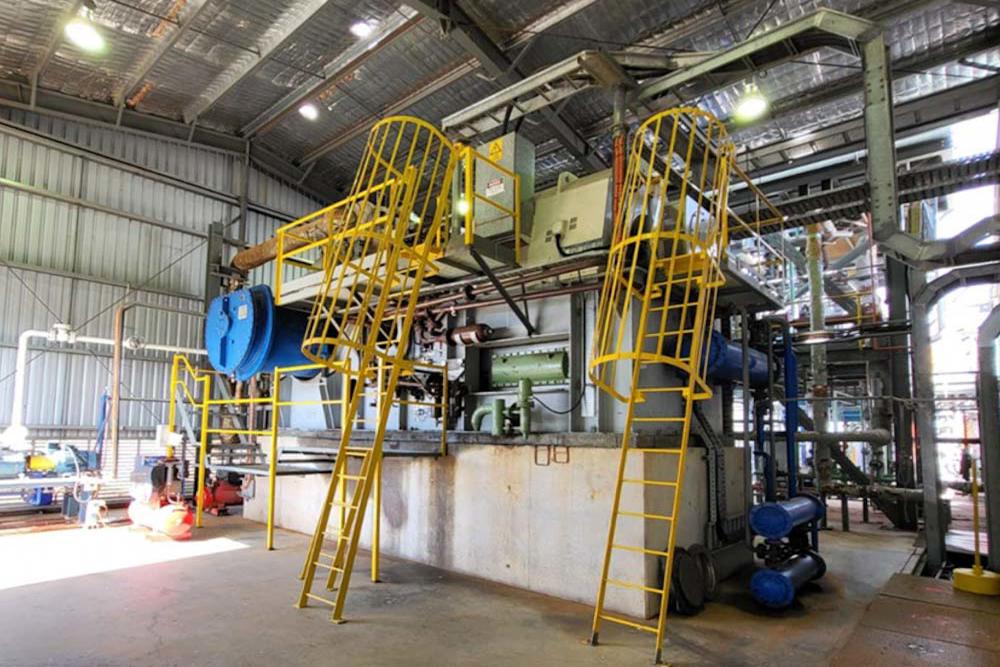
Construction has started on a $16 million project that will turn waste flowing to Australia’s largest wastewater treatment plant into carbon-neutral gas for use in Sydney.
The Malabar Biomethane project, co-funded by Jemena and Australian Renewable Energy Agency (ARENA), will be the first in Australia to blend biomethane directly into the gas network, with the aim to start production by the end of 2022.
The project will have an initial capacity of 95 Terajoules (TJ) of gas per year, which is enough gas to meet the needs of approximately 6,300 homes. Jemena estimates this number could scale up to 200TJ per annum – which is enough gas to meet the needs of 13,300 homes.
Jemena’s General Manager Renewable Gas Peter Harcus said biomethane has the potential to play a huge role in meeting Australia’s net-zero emissions targets, can help drive a faster and more cost-effective energy transition, and can create new jobs and industries.
“This project will start to allow Sydney households to keep using gas, while also reducing their carbon footprint,” said Mr Harcus.
“For our commercial and industrial customers – whose manufacturing processes are difficult to decarbonise – this project will help enable them to maintain their operations, keep people in jobs, and help to decarbonise their supply chain.”
Mr Harcus said biomethane is produced by upgrading biogas which is created through anaerobic digestion; a process which sees bacteria break down waste such as organic matter in wastewater to produce gas. The upgrading process separates methane from other gases and contaminants to produce biomethane. The resulting biomethane gas is carbon-neutral and, importantly, can be used in the same way natural gas is used today – giving customers a renewable gas option, without having to change their appliances.
“One great benefit of biomethane is it can be used with the cooktops and heaters that people have in their homes right now, and without the need to change home appliances or extensive upgrades to the gas network – it’s a pathway that would enable us to reduce emissions faster, while saving people money,” Mr Harcus said.
The Malabar Biomethane project is expected to remove 5,000 tonnes of carbon, and potentially 11,000 tonnes if scaled up to its full potential.
“This project is a great example of the circular economy in action – using waste generated from agriculture, business, and by individual homes to generate carbon-neutral energy.”
“At Jemena, we’ve identified the potential for about 30 petajoules per annum of biomethane to come from sources like agriculture, landfill and other wastewater plants close by our gas network – if utilised, these sources would produce enough biomethane to supply all of our current residential customers.
“As agriculture produces a lot of the raw materials for biogas, there’s also great potential for our farmers and the wider agricultural sector, alongside the opportunity to create jobs in regional areas,” Mr Harcus said.
According to ARENA’s Bioenergy Roadmap by 2030, the bioenergy sector will not only enhance Australia’s fuel security but also contribute to around $10 billion in extra GDP per annum, create 26,200 new jobs, reduce emissions by about 9 per cent and divert an extra 6 per cent of waste from landfill.












